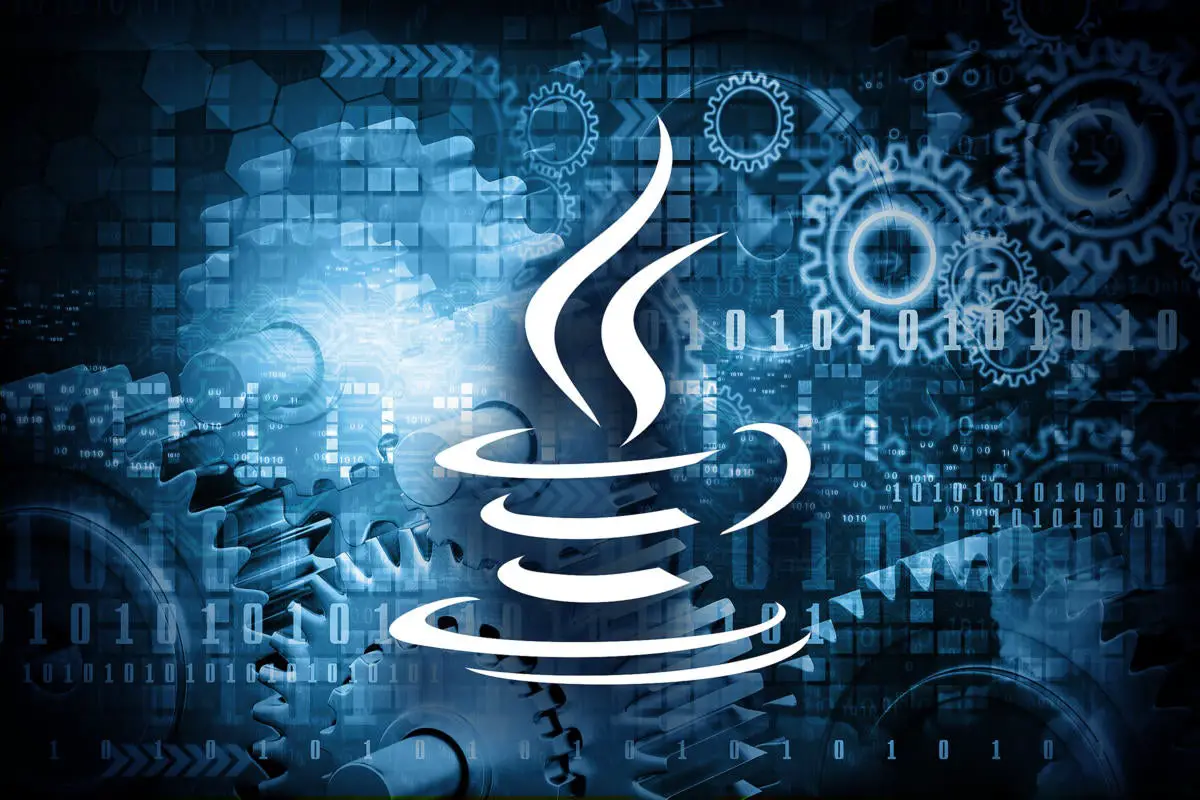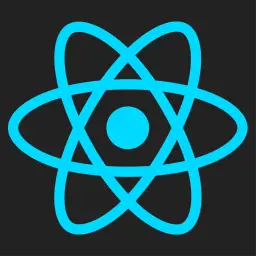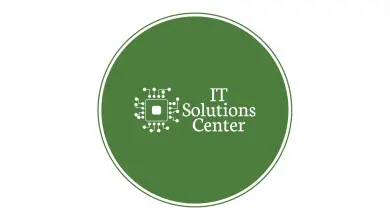In late 1995, the Java programming language burst onto the Internet scene and gained instant
celebrity status. The promise of Java technology was that it would become the universal glue that
connects users with information wherever it comes from—web servers, databases, information
providers, or any other imaginable source. Indeed, Java is in a unique position to fulfill this promise.
It is an extremely solidly engineered language that has gained acceptance by all major vendors, except
for Microsoft. Its built-in security and safety features are reassuring both to programmers and to the
users of Java programs. Java even has built-in support for advanced programming tasks, such as
network programming, database connectivity, and multithreading.
Since 1995, eight major revisions of the Java Development Kit have been released. Over the
course of the last 17 years, the Application Programming Interface (API) has grown from about 200 to
over 3,000 classes. The API now spans such diverse areas as user interface construction, database
management, internationalization, security, and XML processing.
The book you have in your hands is the first volume of the ninth edition of Core Java
™. Each
edition closely followed a release of the Java Development Kit, and each time, we rewrote the book
to take advantage of the newest Java features. This edition has been updated to reflect the features of
Java Standard Edition (SE) 7.
As with the previous editions
please Download the Book from Book Icon
[recent_posts style=”title_only” category=”java” columns=”1″ order=”DESC” orderby=”rand” posts_per_page=”5″]
[recent_posts style=”title_only” category=”line” columns=”4″ order=”DESC” orderby=”rand” posts_per_page=”8″]



